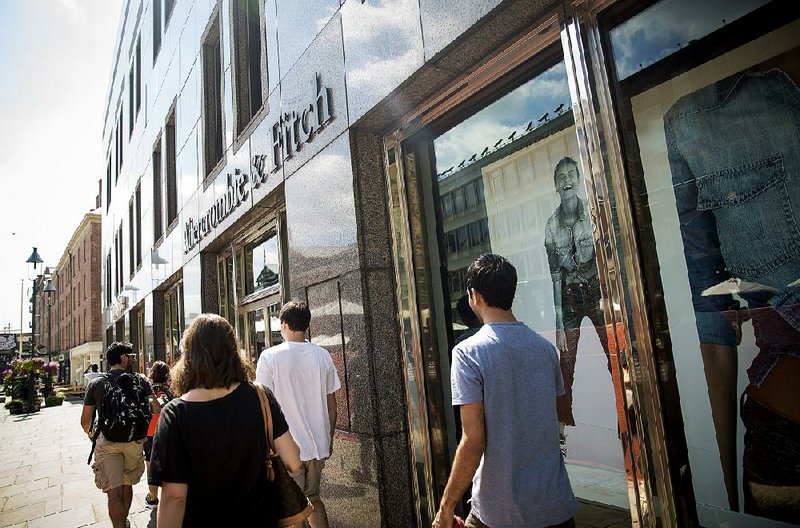WASHINGTON -- American consumers increased their spending at a slower pace in July, while their incomes accelerated slightly.
Spending grew 0.3 percent in July after a 0.5 percent increase in June, the Commerce Department reported Monday. The slowdown had been expected given an earlier report that retail sales were flat in July. Incomes grew 0.4 percent in July, up from a 0.3 percent increase in June.
Economists are counting on solid gains in consumer spending, which accounts for 70 percent of economic activity, to power overall growth in the second half of the year.
"The consumer is going to remain the main driver of growth," said Richard Moody, chief economist at Regions Financial Corp. in Birmingham, Ala., who correctly projected the rise in spending. "Continued improvement in the labor market is supporting income growth. It's consistent with a solid third quarter."
The deceleration in July is likely to be followed by stronger spending increases in coming months, economists said. For July, spending on durable goods such as autos rose by a solid 1.6 percent, but spending for nondurable goods fell.
Laura Rosner, an economist at BNP Paribas, described both the income and spending numbers for July as "solid." They will likely be read by Federal Reserve officials as confirmation of their economic outlook, which would help bolster the case for a September interest rate increase, she said.
The overall economy, as measured by the gross domestic product, grew at an annual rate of 1.1 percent in the April-June quarter, marking a full year in which growth has limped along at an annual rate of 1.2 percent. But economists believe many of the head winds that have been holding back growth are starting to diminish. They expect growth in the current quarter to rebound to above 3 percent, powered by strong consumer spending and solid employment gains.
Fed Chairman Janet Yellen said in a speech Friday that the case for raising interest rates has strengthened in recent months in light of a solid job market and an improved outlook for the economy and inflation. Private economists said the Fed could raise rates as soon as September, but many believe the central bank will end up waiting until December. The Fed raised rates by a quarter point last December, marking the first increase after seven years of keeping its key rate at a record low near zero.
Negligible inflation has been keeping the Fed on the sidelines. The new report showed that a price gauge favored by the Fed edged up a modest 0.1 percent in July and has risen just 0.8 percent over the past year. Excluding energy and food, prices are up 1.6 percent over the past year. Both readings have been below the Fed's 2 percent target for inflation for more than four years.
The small increase in spending in July and stronger income growth meant the saving rate rose to 5.7 percent of after-tax income last month, up from 5.5 percent in June.
Information for this article was contributed by Shobhana Chandra of Bloomberg News.
Business on 08/30/2016
